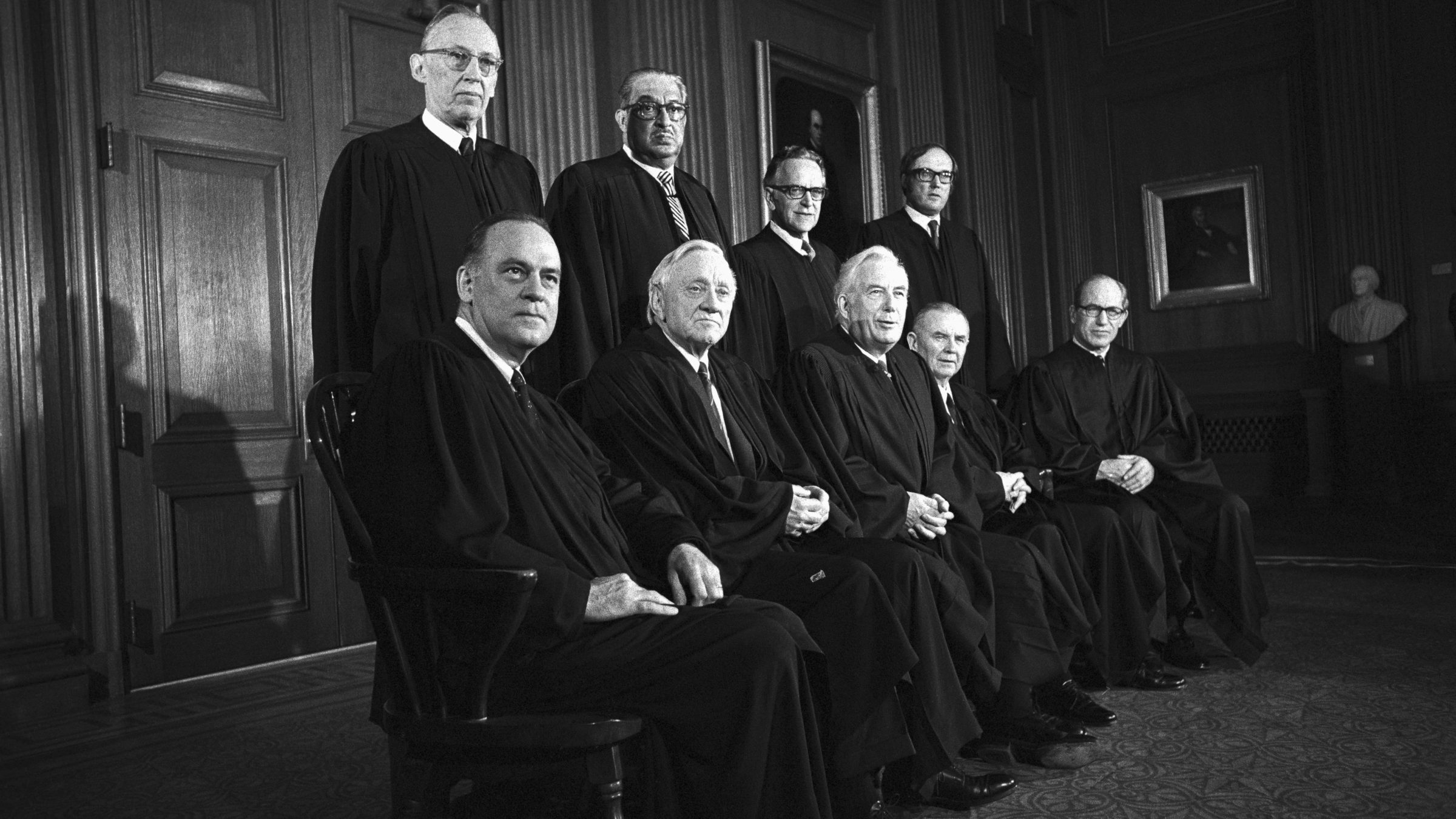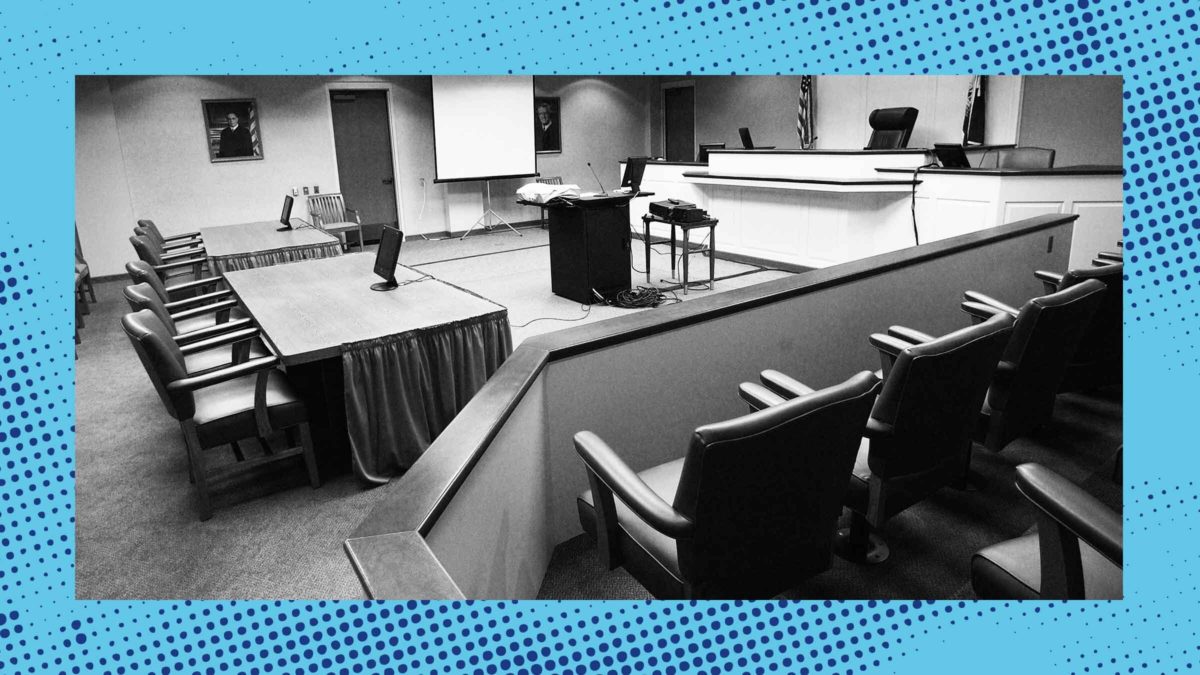In September 1983, police asked Henry Lee McCollum to come down to the station in Red Springs, North Carolina, and answer some questions. After four hours of questioning, McCollum, a 19-year-old Black man with a cognitive disability, confessed to the rape and murder of Sabrina Buie, an 11-year old-girl who had been found dead in a nearby cornfield two days earlier. He implicated his half-brother Leon, who also confessed, along with three other teenagers.
Over the year that followed, Henry and Leon were both charged, tried, and convicted of first-degree murder and sentenced to death. On appeal, the North Carolina Supreme Court found that prosecutors had improperly tried the brothers together, so both cases were sent back down to the trial court for separate proceedings. Henry was once again convicted and once again sentenced to death.
When he appealed his second conviction to the state Supreme Court, McCollum alleged a whopping eighteen different errors made by the trial court. He had not received a speedy trial, he argued, since his second trial took place eight years after his arrest. He asserted that the prosecution had improperly removed Black jurors from the jury pool on the basis of race, and that his confession was coerced by police and should not have been admitted as evidence against him. He also posited that the way the prosecutor described the crime to the jury in closing remarks—as “the most cruel, atrocious, and heinous crime you’ll ever come in contact with”—was inappropriate and inflammatory, to say the least.
The court found that fourteen of those alleged errors lacked merit, but that’s not what it did with the rest. Instead, when asked whether the court that sentenced McCollum to death had violated his constitutional rights to be present during the entire proceeding, to confront the witnesses against him, and to be tried by a jury not tainted by race discrimination, North Carolina’s Supreme Court said it didn’t matter, because in their view, he would have been convicted and sentenced to death either way. Any constitutional errors, the court continued, were “harmless.” Henry McCollum’s appeal was denied, and he remained on death row.
This decision wasn’t anything out of the ordinary. People facing long prison sentences or the death penalty have every incentive to challenge their convictions, and for their first round of appeals, they also have a right to court-appointed appellate counsel. So when judges see what looks like a steady stream of convicted rapists and murderers asking for another bite at the apple, they embark on on a judicial scavenger hunt for reasons not to give it to them. As with plaintiffs in civil court, criminal defendants are often assured that they have important substantive and procedural rights that protect them against the unchecked power of the state. Yet when those rights are violated, courts have created a set of tools to ensure that those constitutional violations won’t matter.

The Burger Court (Getty Images)
The first item in that judicial toolbox is harmless error, which would keep McCollum on death row for three decades. Under this doctrine, there are some kinds of constitutional violations in a criminal trial that require a conviction to be vacated. These are referred to as “structural” errors and describe a fairly narrow range of obvious, egregious problems: denial of a jury trial or of access to counsel, or a judge who was not impartial. When a defense attorney tells the jury that his client is guilty of murder while the client insists he is innocent, for example, that conviction will be invalidated on appeal.
For almost everything else, a judge’s determination that the trial court violated the defendant’s rights is only the first step. The appellate court then imagines what the trial would have looked like if the state hadn’t violated the Constitution and asks itself whether the jury would have convicted the defendant anyway. The judges engaging in this little thought exercise didn’t hear the witnesses, see the evidence, or participate in jury deliberations. They might never have practiced criminal law at all. But if that imaginary Constitution-respecting trial taking place inside the judge’s head ends in a guilty verdict beyond a reasonable doubt, then the appeal is denied and the defendant gets no relief.
In its history and its function, harmless error resembles qualified immunity, the much-maligned doctrine that makes it nearly impossible to sue police for constitutional violations. Like qualified immunity, harmless error was first articulated in the 1960s by the U.S. Supreme Court under Chief Justice Earl Warren, which is usually remembered for revolutionizing the way in which the individual rights of citizens are understood. And like qualified immunity, the doctrine ran rampant in the 1970s and 1980s as the more conservative Courts under the leadership of Chief Justices Warren Burger and William Rehnquist worked to limit the scope of the Warren Court’s rulings without explicitly repudiating them.
For judges, administrative convenience and finality of punishment are more important than whether or not courts are respecting the rights of the people subject to their power.
A crucial aspect of the harmless error analysis they developed is that today, appeals courts don’t have to rule on whether a trial court’s actions violated a constitutional right. This means that courts can avoid developing a clear case law about what behavior by cops, prosecutors, and trial courts is constitutional and what is not. It also allows appeals courts to cloak unconscionable outcomes in vague procedural legalese: It is harder for a judge to admit that cops are allowed to coerce confessions, for example, than it is to say that in one particular case, the evidence against the defendant was so strong that there’s no need for the judge to decide if a confession was coerced in the first place.
Criminal defendants also face an array of procedural rules and time limits in order to get appellate courts to review their convictions. Their trial attorneys must object on the record to the alleged violation—in other words, if the lawyer doesn’t say the word “objection” in front of the jury and then get the judge to explicitly overrule them, appellate courts will subject that claim to a harsher standard, if they consider it at all. Defendants must meet strict deadlines when filing appeals, and must “preserve issues” by continuing to argue them at every level of their appeal.
If they—and by “they” I mean their appointed attorneys—mess up any of these details, courts can and will throw out appeals regardless of whether or not a serious constitutional violation has taken place. In the 2007 U.S. Supreme Court case Bowles v. Russell, a man appealing his murder conviction had filed an appeal three days late because he was given the wrong deadline by a federal district court. In an opinion by Justice Clarence Thomas, the Court ruled that the blown deadline prevented the court from hearing the substance of the man’s appeal at all. In other words, tough shit.

Getty Images
This set of rules makes one wonder what, exactly, appellate courts are there for. Criminal cases involve the highest imaginable stakes for the defendants appealing their convictions: decades to life in prison, or even the death penalty. If the courts are there to safeguard rights and liberties, the risk that a constitutional violation would lead to a life-destroying punishment ought to be incredibly important; whether or not a claim is asserted in the “right way” has nothing to do with the merits of the claim itself. But for much of the judiciary, criminal procedural rights are an annoying hassle, and the people asserting these claims all look guilty as sin. To them, administrative convenience and finality of punishment are more important than whether or not courts are respecting the rights of the people subject to their power.
After Henry McCollum’s second appeal failed, his name made a brief appearance in an altogether unrelated Supreme Court case, Callins v. Collins. As McCollum languished on death row, Justice Antonin Scalia described Sabrina Buie’s death in graphic detail, and cited Henry as a perfect example of someone whose brutal crime cried out for mortal punishment. “How enviable a quiet death by lethal injection compared with that!” he wrote. Like the state supreme court, Scalia saw no reason to doubt McCollum’s guilt.
They were all wrong. In 2014, an investigation by the North Carolina Innocence Inquiry Commission tested new DNA evidence that cleared the McCollum brothers in Sabrina Buie’s death. The real killer, Roscoe Artis, lived next door to the field where Sabrina Buie’s body was found. He had raped and murdered another girl in the same small town a few weeks later, but police never investigated him as a suspect. Henry McCollum, a teenager with a cognitive disability and no attorney or family member present, had falsely confessed, coerced by police to take responsibility for a crime he had nothing to do with. He spent three decades in prison awaiting his execution because no judge cared to find out.

